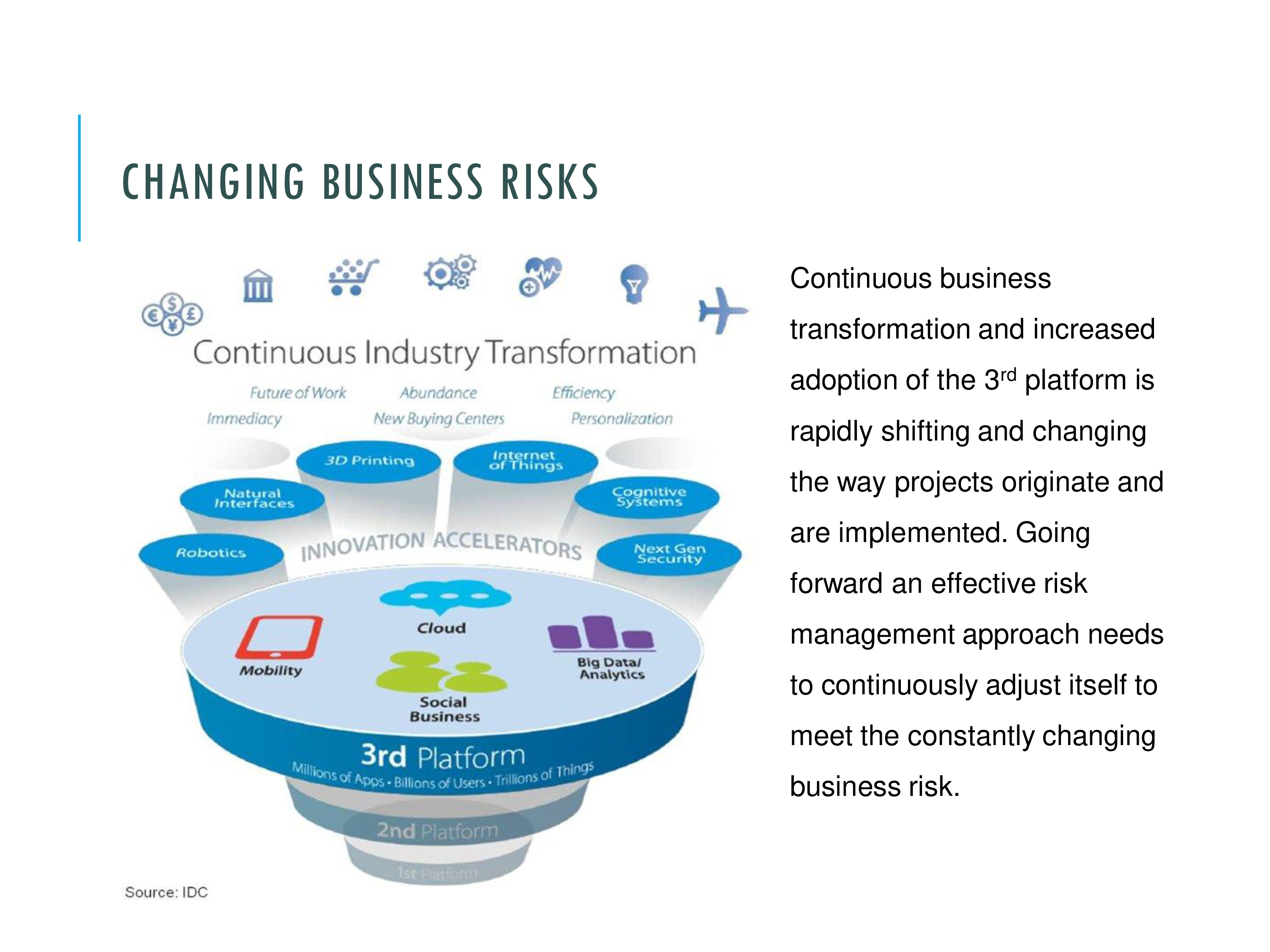Project Risk Management Plan

Enregistrer, Remplir les champs vides, Imprimer, Terminer!
How to create a Project Risk Management Plan? Download it now and explore our range of basic and advanced templates designed to meet all your project management needs.
Formats de fichiers gratuits disponibles:
.pdf- Ce document a été certifié par un professionnel
- 100% personnalisable
Business Entreprise Projectmanagement Gestion de projet management la gestion plan le plan Risk Risque Analysis Une analyse Risks Des risques Management Plan Example Exemple de plan de gestion Management Plan Examples Exemples de plan de gestion Project Risk Management Plan Sample Exemple de plan de gestion des risques du projet Project Risk Management Plan Example Exemple de plan de gestion des risques du projet
How to Create a Professional Project Risk Management Plan to ensure your projects succeed by using a comprehensive Project Risk Management Plan.
Effective communication is critical for the successful completion of projects. To ensure project managers can make informed and accurate decisions, it is vital to provide them with the latest and most professional project management templates. These templates are especially valuable for individuals with a high-performance mindset who aim to achieve their goals efficiently. We are confident that this Project Risk Management Plan will be immensely beneficial.
Key Benefits of Using Our Project Risk Management Plan Template:
- Professional Quality: Our templates are crafted to meet the highest standards, ensuring your plans are both professional and effective.
- Time and Cost Efficiency: Using our template saves you time and reduces costs by streamlining the project management process.
- Versatility: Available in PDF and can cater to various needs and preferences.
- Ease of Use: Intuitive and user-friendly, these templates make creating your Project Risk Management Plan straightforward and hassle-free.
What Our Project Risk Management Plan Includes:
Risk Register: A repository for all identified risks, detailing potential responses and root causes.
Qualitative Risk Analysis: Includes risk probability and impact statements, and updates to the risk register.
Quantitative Risk Analysis: Involves numerical analysis of the probability and impact of each risk, supported by expert judgment and advanced techniques.
Commonly Used Methodologies:
- Failure Modes and Effects Analysis (FMEA)
- Frequency and Severity Matrix
- What-If Analysis
- Hazard and Operability Study (HAZOP)
- Fault Tree Analysis (FTA)
- Plan Risk Management: Define how to conduct risk management activities.
- Identify Risks: List potential risks that could affect the project.
- Perform Qualitative Risk Analysis: Assess the impact and likelihood of identified risks.
- Perform Quantitative Risk Analysis: Numerically analyze the probability and consequences of each risk.
- Plan Risk Responses: Develop options and actions to enhance opportunities and reduce threats.
- Monitor and Control Risks: Track identified risks, monitor residual risks, and identify new risks.
Value of a Project Risk Management Plan
A Project Risk Management Plan provides significant value to any project by systematically identifying, assessing, and managing risks. Here are some key benefits and values it offers:
1. Risk Identification and Awareness
Proactive Risk Identification: Helps in identifying potential risks early in the project, allowing for proactive management.
Enhanced Awareness: Increases awareness among stakeholders about possible risks, promoting a culture of risk consciousness.
2. Improved Decision Making
Informed Decisions: Provides project managers with the information needed to make informed and rational decisions regarding risk mitigation and response.
Prioritization: Allows for the prioritization of risks based on their potential impact and likelihood, ensuring that critical risks receive the most attention.
3. Resource Optimization
Efficient Resource Allocation: Ensures that resources are allocated efficiently to address the most significant risks, optimizing the use of time, budget, and manpower.
Cost Savings: Helps in identifying cost-effective measures to mitigate risks, potentially saving money by avoiding expensive reactive measures.
4. Enhanced Project Performance
Increased Success Rates: By managing risks effectively, the likelihood of project success increases, as unforeseen obstacles are minimized.
Timely Delivery: Reduces delays by anticipating and managing risks that could cause project timelines to slip.
5. Stakeholder Confidence
Builds Trust: Demonstrates to stakeholders that potential risks are being managed responsibly, increasing their confidence in the project’s success.
Clear Communication: Provides a structured approach to communicating risks and their management to all stakeholders.
6. Compliance and Documentation
Regulatory Compliance: Ensures that risk management practices comply with relevant regulations and standards.
Comprehensive Documentation: Maintains thorough records of identified risks, assessments, and mitigation measures, which can be valuable for future projects and audits.
7. Continual Improvement
Learning and Adaptation: Facilitates continuous learning by documenting and analyzing how risks were managed, which can improve risk management practices in future projects.
Feedback Loop: Provides a mechanism for feedback and improvement, allowing the project team to adapt and refine their approach to risk management.
8. Minimizing Negative Impact
Reduces Uncertainty: Reduces the uncertainty associated with the project by providing a clear plan for addressing potential risks.
Mitigates Negative Impacts: Helps in mitigating the negative impacts of risks that materialize, ensuring the project can continue with minimal disruption.
Conclusion
Streamline your project management process and enhance your project's success with our professional Project Risk Management Plan template. A Project Risk Management Plan is an essential tool that enhances project stability, improves performance, and increases the likelihood of project success. By systematically addressing risks, it ensures that projects are better prepared to handle uncertainties and challenges, leading to more predictable and positive outcomes.
By utilizing this Project Risk Management Plan template, you ensure a systematic approach to managing project risks, ultimately leading to more successful project outcomes.
Complete your Project Risk Management Plan effortlessly! Download our project management template now! Download this expertly designed template now!
AVERTISSEMENT
Rien sur ce site ne doit être considéré comme un avis juridique et aucune relation avocat-client n'est établie.
Si vous avez des questions ou des commentaires, n'hésitez pas à les poster ci-dessous.

